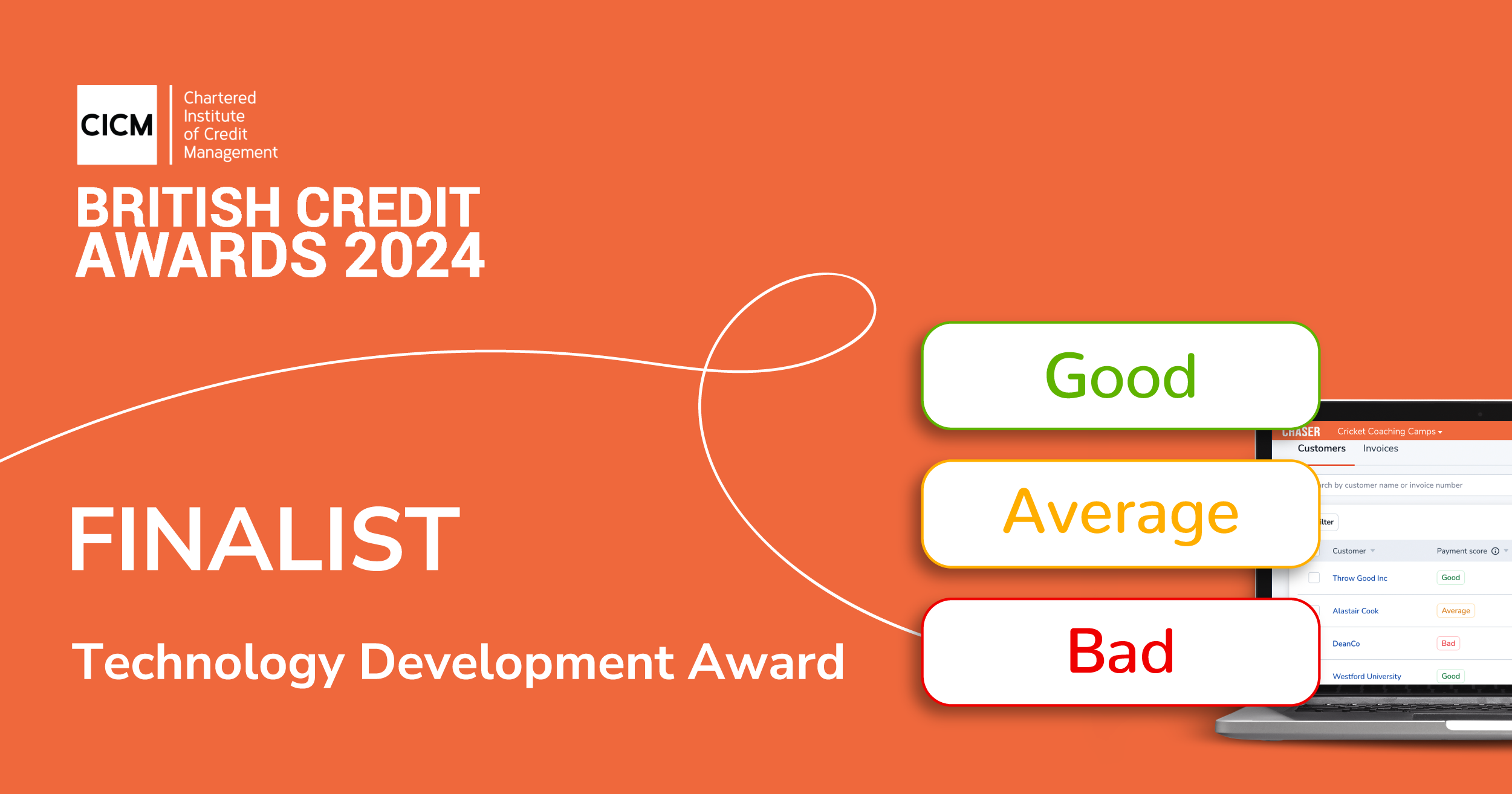Generative AI refers to deep learning systems that are capable of creating new content, whether it be images, music, or text. This differs from traditional AI systems, which rely on large datasets to make predictions and decisions based on patterns found in the data.
So why should finance leaders care about generative AI? The answer lies in the potential implications and benefits it can bring to their businesses.
This article will explore the world of generative AI, its relevance to finance leaders, and how it can be embraced to drive success in the finance industry.
By embracing generative AI, finance leaders can streamline processes, reduce costs, and gain a competitive edge in a rapidly evolving industry.
How is generative AI different from regular AI?
AI (Artificial Intelligence) is a broad term that encompasses any technology or system capable of performing tasks that typically require human intelligence. This can include things like problem-solving, decision-making, and pattern recognition.
The term itself is a little misleading, as the programs are not intelligent in the way we think of it, but instead, they are able to process vast amounts of data and learn from it in a way that mimics human thinking.
Generative AI is a subset of AI that focuses on creating new content (such as images or text) rather than just analyzing existing information. Generative AI models use neural networks to identify the patterns and structures within existing data to generate new content that is similar but unique.
Traditionally, AI has been used in the financial sector for tasks such as fraud detection and risk assessment. These processes require large amounts of data to make accurate predictions and decisions.
However, generative AI opens up new possibilities for the finance industry by enabling systems to create new content that is tailored to specific needs. With its ability to generate new content, generative AI has the potential to drive innovation and disrupt traditional processes in finance.
The benefits of generative AI for finance leaders
The implications of generative AI for finance leaders are vast and varied. Here are just a few examples of how this technology could benefit their businesses:
- Personalized financial advice: With the ability to generate unique content, generative AI systems can analyze individual financial data to provide personalized recommendations and advice.
- Enhance customer service: Generative AI, combined with NLP (Natural Language Processing), can create chatbots that understand and respond to customer inquiries in a more human-like manner. This means faster response times, improved accuracy, and enhanced customer satisfaction.
- Improve risk management: By generating new scenarios based on historical data, generative AI can help identify potential risks and make more accurate predictions for future events. This can aid in making better decisions and mitigating financial losses.
- Predictive analytics: By generating new data points, generative AI systems can improve the accuracy of predictive analytics for financial forecasting and risk assessment.
- Automated document creation: Finance leaders often deal with large amounts of paperwork. Generative AI can assist in creating reports, contracts, and other documents by taking existing templates and generating new content that is tailored to specific needs.
- Optimized investment: With its ability to analyze large datasets and generate unique content, generative AI can identify potential investment opportunities that traditional methods may overlook. This could lead to better investment decisions and improved returns for clients.
- Strategic planning: By generating new possibilities and scenarios, generative AI can aid in strategic planning for businesses. Finance leaders can use this technology to explore different options and make more informed decisions for the future.
- Streamlined auditing and compliance: With generative AI, finance leaders can automate the auditing process and ensure compliance with regulations. This can save time and reduce errors, ultimately leading to cost savings for businesses.
These are just some of the potential benefits that generative AI can bring to finance leaders. As the technology continues to develop and evolve, the possibilities for its use in the financial sector will only continue to grow.
The role of generative AI in reducing costs
AI is already being used in the finance industry to automate processes and reduce costs. However, generative AI has the potential to optimize cost efficiency further.
By automating tasks such as document creation and customer service, businesses can save time and resources. And with its ability to generate unique content, generative AI can also assist in creating personalized experiences for customers, leading to increased satisfaction and loyalty.
The predictive capabilities of generative AI can aid in minimizing financial risks and improving investment decisions, resulting in cost reduction and better returns for clients.
With its ability to analyze large datasets and generate new content, generative AI can also assist in making more accurate predictions and decisions, reducing the risk of financial losses.
Taken together, these benefits allow finance leaders who embrace generative AI to streamline processes, reduce costs, and ultimately gain a competitive advantage in the industry.
The next evolution in finance
Generative AI is still a relatively new technology, but its potential for the finance industry is immense. By embracing it, finance leaders can drive innovation and optimize processes to achieve better results for their businesses and clients.
As with any emerging technology, there will be challenges and obstacles along the way. But by staying informed about generative AI and its capabilities, finance leaders can position themselves at the forefront of this next evolution in finance.
Generative AI has the potential to revolutionize the industry, and those who embrace it will be able to reap the rewards and stand out from their competition.
Chaser has recently released three AI-driven features for finance teams, which help credit management teams to make better decisions, save time, and reduce late payments.
Recommended chasing times
- Recommended chase times analyse data on thousands of B2B payments to suggest a custom, optimal time and day to send customer payment reminders to increase the chance of payment. This feature uses AI to let SMEs reach customers when they’re most likely to pay, automatically.
Payer ratings
- Payer ratings use data on customers’ previous payment behavior and compare trends seen across Chaser, assigning every payer an AI-generated ‘rating’. Ratings are ‘Good’/‘Average’/ ‘Bad’ and predict how likely a customer is to pay their future invoices on time. This lets SMEs who are often strapped for time see at a glance how their customers are paying and tailor their approach accordingly.
Late payment predictor
- The late payment predictor gives instant AI-generated predictions on how likely an invoice is to be paid late, assigning a percentage score out of 100. Giving visibility to credit management and accounts receivable teams on whether to expect cash on time, and whether to pursue collections.
To stay updated with the latest advancements in AI and its impact on finance, visit the Chaser blog for regular updates and insights. Or try out AI in your credit management process for free, with a 14-day free trial.




